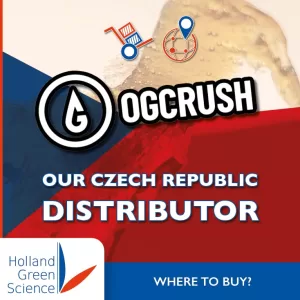Embracing the Future of Food Preservation: The Rise of Preppers in Europe
Prepping, a movement gaining momentum across Europe, is a multifaceted approach to self-reliance and resilience in the face of global uncertainties.
Stemming from concerns like economic instability, political upheaval, and environmental changes, individuals are driven to prepare for various eventualities.
The essence of prepping transcends mere stockpiling of essentials; it’s about adopting sustainable living practices, such as renewable energy utilization and efficient waste management.
Key to this lifestyle is the development of practical skills including first aid, mechanical repairs, and agricultural practices. Community building, through collaborative networks and skill-sharing, forms the backbone of this movement, fostering a sense of collective security and mutual aid.
The term “prepper” is derived from “preparedness,” referring to individuals who actively prepare for emergencies, disasters, and uncertainties, ranging from natural calamities to economic crises. Preppers advocate for self-reliance and readiness through the accumulation of supplies, development of skills, and planning for various scenarios. Being a prepper embodies a proactive approach to life’s unpredictabilities, emphasizing the importance of being equipped to handle challenges independently. This mindset is rooted in prudence, not paranoia, advocating for preparedness as a responsible and logical response to the world’s inherent uncertainties. Therefore, someone who is ‘prepared’ should wear the label ‘prepper’ with no shame. It signifies a commitment to safeguarding oneself, loved ones, and community with foresight and planning, transcending mere survivalism to embrace a lifestyle of readiness and resilience. Being a prepper is a sensible approach to life’s unpredictabilities, encouraging self-sufficiency and the ability to thrive in adversity.
Central to prepping is food security, achieved through diverse storage techniques like canning, dry storage, and increasingly, home freeze drying. Utilizing devices like the Xiros Mikro freeze dryer, any one can preserve food’s nutritional value and taste, ensuring a stable food supply.
Embracing prepping isn’t just about survival; it’s a conscientious choice for independence, sustainability, and a robust response to the unpredictable nature of our world.
The Growing Trend of Prepping in Europe
In recent years, the prepper movement has become increasingly popular across Europe. Driven by a desire to be self-reliant in times of uncertainty, Europeans are increasingly turning towards prepping as a lifestyle. This post explores the reasons behind this trend, the methods used by people who like to be prepared, and a particular focus on food preservation by using a freeze dryer process to produce their own freeze dried food.
Why People Become Preppers? Motivations Behind the European Prepper Movement
The reasons for the surge in prepping are multifaceted. Economic uncertainties, climate change, global pandemics, and political instability have all played a part. This chapter delves into these factors, offering insights into the mindset of a prepper and how these global phenomena are shaping their choices.
The rise of prepping in Europe is not a sudden phenomenon. It’s a calculated response to various global and regional challenges.
The Global Instability
Economic Uncertainties: Financial crises and job insecurity prompt many to prepare for possible downturns.
Political Instability: Fluctuating political climates, especially concerns over government actions or failures, drive individuals towards self-sufficiency.
Environmental Changes: Increased frequency of natural disasters has made disaster preparedness a priority.
Personal and Community Safety
Health Crises: Pandemics like COVID-19 demonstrate the fragility of health systems, encouraging people to prepare for medical emergencies.
Community Resilience: Building local networks to withstand crises collectively.
Security Concerns: Rising crime rates in certain areas lead to a focus on personal and home security.
The Desire for Independence
Self-Sufficiency: A growing trend towards reducing reliance on supply chains. These chains can be unreliable, one of the things the COVID-19 revealed.
Energy Independence: Utilizing renewable energy sources to reduce dependence on the grid. There is no control over price fluctuations, look at the energy prices due to conflicts around the world.
Food Autonomy: Growing and preserving one’s food to minimize dependence on supermarkets. And ‘know what you eat’.
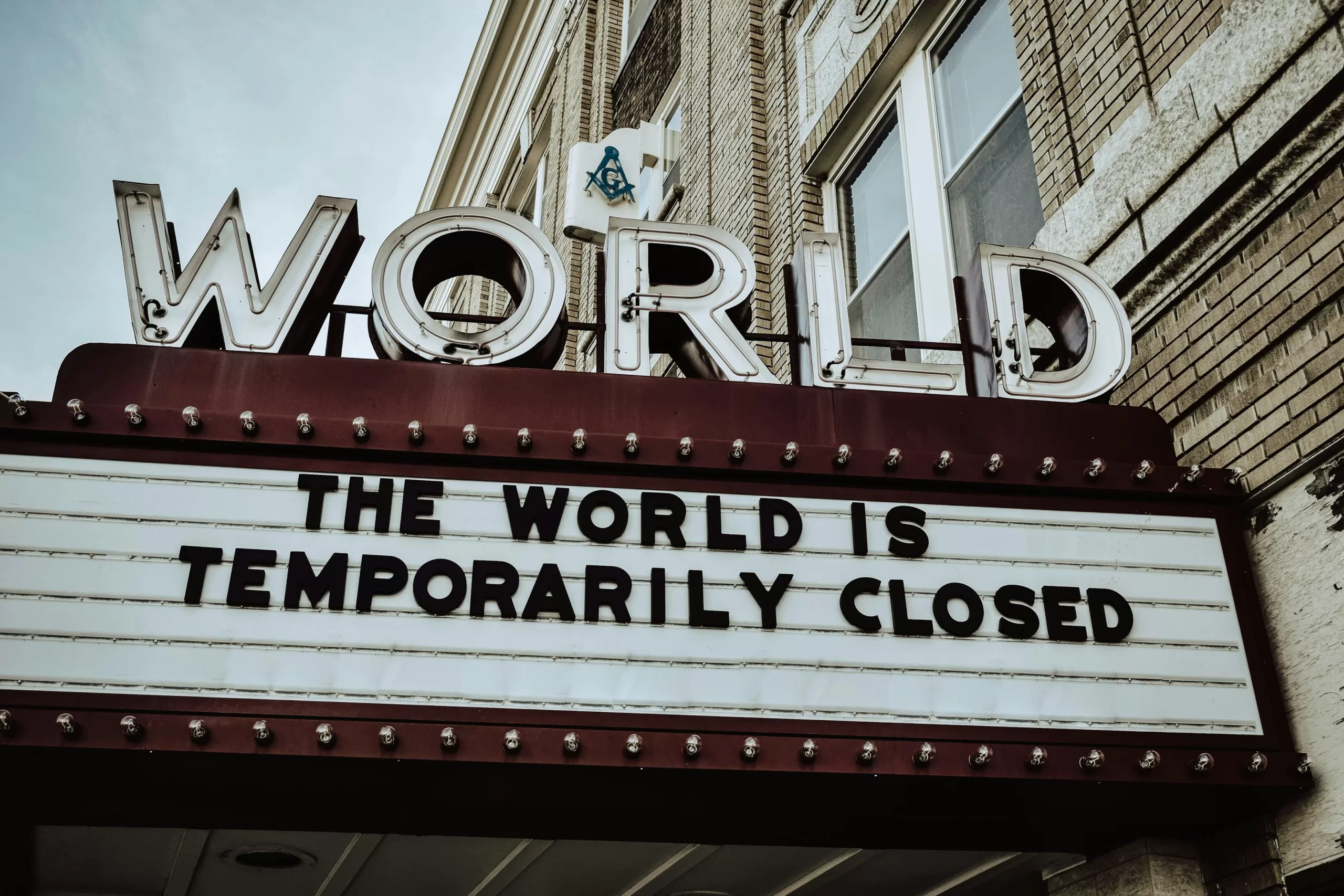
The Prepper Lifestyle – More Than Just Stockpiling – Exploring the Multifaceted Nature of Prepping
Becoming a prepper involves more than just hoarding supplies. This chapter will highlight how preppers adopt sustainable living practices, learn survival skills, and foster a community spirit. It’s a journey towards self-sufficiency and resilience.
Sustainable Living
Renewable Energy: Incorporating solar panels, wind turbines, and other renewable energy sources. Depending on what place in the world you are or in the place you like to be. You will have to make a choice that best suits that location. Sun and wind are perfect sources of energy but not always available, and not always available in the time you need. Storing solutions might be needed. A choice of one of the energy flows or a combination of them. Including the storage of the energy. Needed process like freeze drying, or food processing.
Waste Management: Effective strategies for recycling, composting, and reducing waste.
Water Conservation: Implementing rainwater harvesting and efficient water usage practices. Many books have been written about this alone, from simple rain barrels and compost toilets to full-blown water recycling systems. Make sure to have a clean water source or the ability to clean water the water through filtering.
Skills Development
First Aid and Medical Skills: Training in basic first aid and handling medical emergencies. Know how to handle and use medical basic materials.
Repair and Mechanical Skills: Learning to fix and maintain essential equipment; from technical repair and maintenance skills with screwdriver and socket spanner to practical skills with needle and thread..
Agricultural Practices: Skills in gardening, animal husbandry, and food cultivation. Certainly, obtaining the skills for preparation, cooking and preservation of food sources is key. Preservation by freeze-drying food, for example, guarantees an extremely long shelf life without the use of energy such as freezers.
Community Building
Collaborative Networks: Forming groups for knowledge exchange and mutual aid. Some skills are hard to learn having a network that can help is then a logical step.
Skill-Sharing Workshops: Organizing community events to teach and learn new skills. they’re often closer than you think, it’s just what you’re looking for.
Community Safety Plans: Developing emergency plans on a neighbourhood level. As they say, preparation is half the battle, especially if there is a group, good mutual agreements are a key factor in working successfully and efficiently. Knowing what is expected of you and what to expect of others can be reassuring and give you confidence.
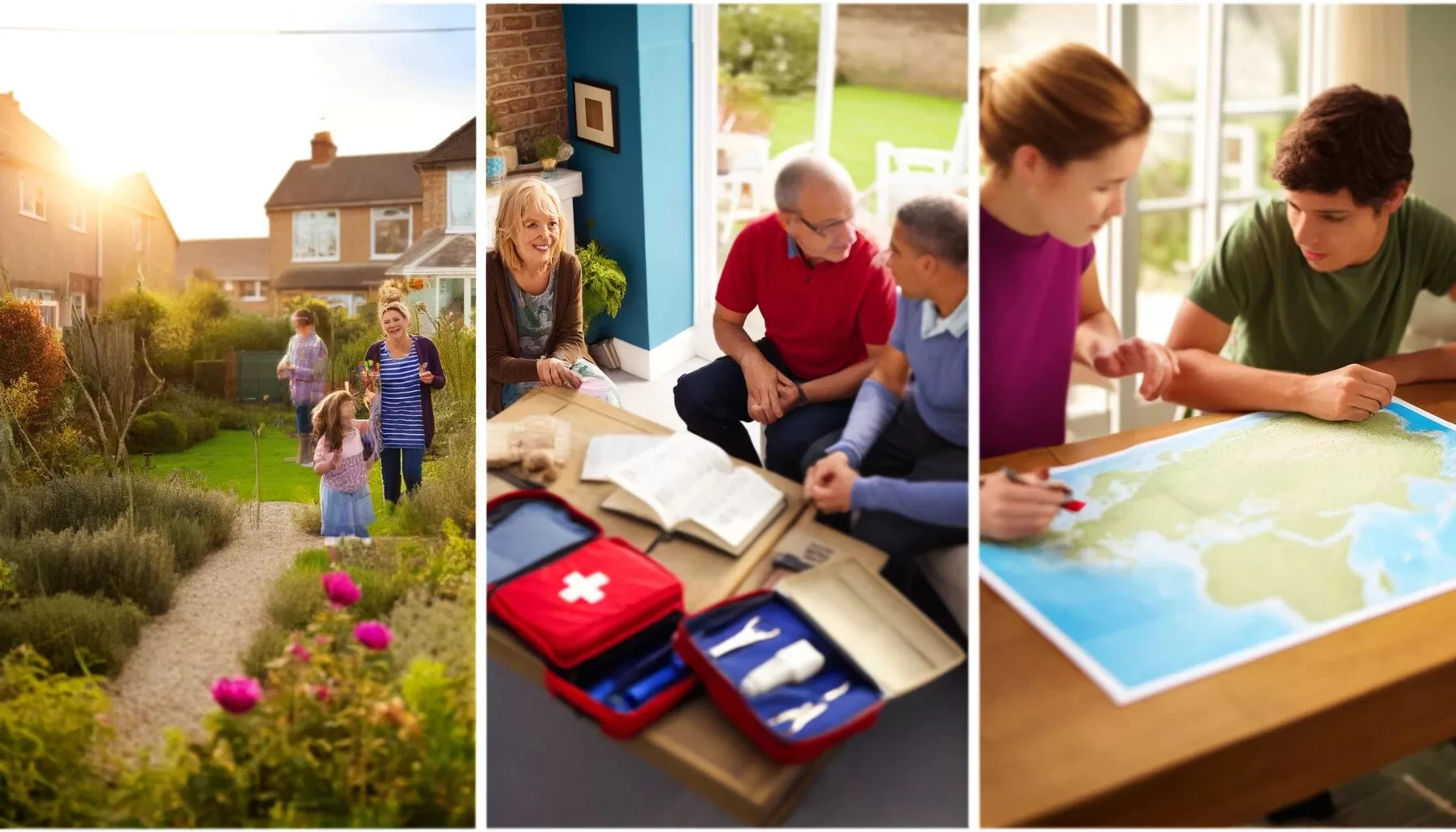
The Heart of Prepping – Food Security in Focus
Ensuring a Stable Food Supply Through Prepping
Food security should be a primary concern for everyone and is one of the main topics in prepping. This chapter will discuss how preppers approach food storage, focusing on traditional methods like canning and modern techniques like freeze-drying. We’ll explore the benefits of having a diverse and nutrient-rich food supply.

Food Storage Techniques
Canning and Preserving: An old but proven method is canning a technique for preserving fruits, vegetables, and meats for long to mid-range time periods.
Dry Storage: Certainly not all foods but definitely some are suitable to be stored dry without special preparation. like storing grains, legumes, and other dry goods effectively.
Freeze-Drying: A modern approach to food preservation, is freeze drying which maintains all nutritional value and taste of the food that was in it before drying it. Freeze-dried foods can be stored up to 30 years without going bad or losing valuable properties, making this method the highest quality and best way to prepare for very long periods.
Nutritional Considerations
Balanced Diet: Ensuring a stockpile includes a variety of nutrients. Various fibers and vitamin values.
Home-Grown Produce: Emphasizing the importance of growing one’s vegetables and fruits. Will insure independence for longer periods of time.
Ethically Sourced Food: Focusing on sustainable and ethical food sources. Eats wats in season.
Freeze-Drying
Advantages: All freeze dried food will have a very long shelf life (up to 30 years), preservation of taste and nutritional value is guaranteed when using a quality freeze dryer.
Home Freeze-Drying: Using small freeze-dryers like the Xiros Mikro for home use is the ideal way to prepare the kind of meals you like. Or have them fit your specific diet. You are in control, no factory-processed food. “Know what you eat” because you’ve prepared it yourself, even freeze-dried food from a factory could contain things you don’t like or really don’t want. Your own freshly prepared meals you can freeze dry to be used for many years down the line.
Application: Freeze drying prepared meals or separate ingredients are optional. Within 10 to 24 hours you can have your freshly cooked meals, ready for storage. dark and air-sealed packaging ensures nothing will happen to your favorite food supply. And you are prepared for many many years to come.
The Science and Benefits of Freeze-Drying
Here, we will delve into the science behind freeze-drying, as detailed by Holland Green Science. Freeze-drying preserves taste, texture, and nutritional value, making it an excellent method for long-term food storage. The chapter will explain how freeze-drying works and its advantages over other preservation methods.

The Freeze-Drying Process
Sublimation Explained: Understanding how freeze-drying removes moisture from food at low temperatures. It is also known as lyophilization. Lyophilization, or freeze drying, is a technique that eliminates water or solvents from products by turning them directly from solid to gas, bypassing the liquid stage, through sublimation and desorption. This method halts biological or chemical reactions by reducing moisture levels. Initially, the item is frozen, then the pressure is lowered and the temperature increased to encourage the transition from ice to vapour, which is then collected as ice in a condenser. After drying, the collected ice is melted and removed, leaving the product dry.
Preserving Nutritional Value
Freeze-drying maintains the nutritional content of food because the process effectively only removes water, all of the other components remain in your meal or food ingredients.
Technical Aspects: The capacity of your freeze dryer is measured by various things; the size of the chamber, the Ice capacity of the Ice condenser and the control over the total process. Vacuum is an important part of freeze drying. You will need a quality vacuum pump to get a good vacuum. For food preparation it is best to choose a scroll dry vacuum pump, so there is no chance of oil contamination of your valuable food. Besides that, a scroll dry vacuum pump is almost maintained free and very silent
The Advantages Of FreezeDrying Over Other Methods
Long Shelf Life: you have 25 to 30 years of shelf life with freeze-dried food compared to other preservation methods this is there is no other way to get this long-lasting shelf life.
Taste and Texture Preservation: Freeze-drying maintains the original taste and texture of food. Because it only removes the water from your food, the rest stays inside!
Space Efficiency: Freeze-dried food is easily stored. Dark and dry is all you need to store your lightweight and compact freeze-dried foods. This is a big benefit compared to large energy-consuming freezers for example.
Integrating Freeze-Drying in Prepper Strategies
Diversifying Food Stock: Incorporating freeze-dried foods into a comprehensive food storage plan is easy if you have your freeze-dryer. You are free to freeze-dry whatever you think you might need, any specific diet is no problem for the Xiros Mikro freeze-dryer.
Practical Applications: You can integrate the freeze dryer into your daily or weekly routine, and use it to freeze dry leftovers, for short or long-term storage. This helps to build your food stock easily and diversely.
Emergency Readiness: The role of freeze-dried food in emergency and survival situations is not to be underestimated. All you need to get the freeze-dried food ready for consumption is H20! Just add water, so having a good water source is important in general but especially for people that have freeze-dried food. A freeze-dried prepared meal can be headed and hydrated at the same time. Just heat the water before you add it to the freeze-dried meal.
Small Freeze-Dryers for Home Use
Empowering Preppers Through Home Freeze-Drying
Chapter 5: Small Freeze-Dryers – A Revolution in Home Food Preservation
The rise of compact, home-use freeze-dryers like the Xiros Mikro has revolutionized food preservation. This chapter will explore the features of these machines, their ease of use, and how they fit into the lifestyle of a modern prepper.
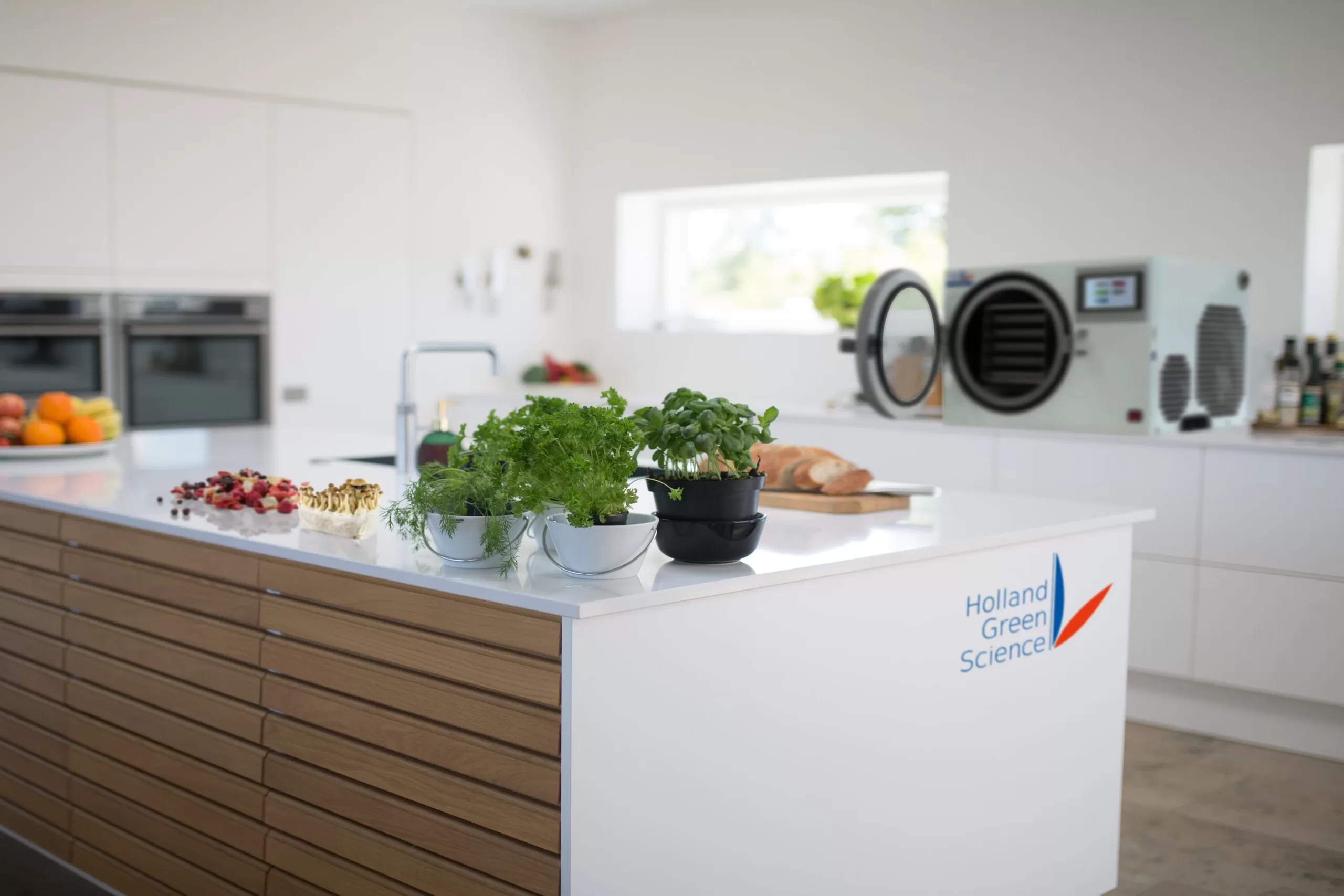
This chapter focuses on the accessibility and usability of small freeze-dryers like the Xiros Mikro, which allow people to incorporate freeze-drying into their daily lives.
Home Freeze-Drying Technology
Device Features: The Xiros Mikro freeze dryer is small in size but big in capacity from an Ice condenser volume of 11KG and an Ice capacity of 8KG to some even call it ‘the small big machine’. Understanding the functionalities of compact freeze-dryers. Programmable Shelves; A Temperature range of -35 °C to +50 °C allows for precise control of the entire process from freezing on the shelf to programmable heat application for primary and secondary drying. Easy to program recipes with up to 16 steps but also a fully manual operation mode. It has USB and RS233C interface which you can use for data logging.
Ease of Use: The user-friendly aspects of modern home freeze-dryers. The Xiros Mikro freeze dryer simplifies the freeze-drying process, especially for bulk items, by eliminating the need for heavy lifting of manifolds for loading. Its design allows for easy placement and removal of products like trays and bottles directly, enhancing efficiency and safety. Unlike traditional systems that can lead to uneven drying and potential contamination, the Xiros Mikro uses thermal blocks for consistent drying of various containers, streamlining operations and improving product quality without the cumbersome setup of older models.
Cost-Effectiveness: The Xiros Mikro home freeze dryer excels in speed and efficiency, significantly cutting down the drying time by over 60% compared to conventional freeze dryers. Its temperature-controlled shelves, adjustable from -35 °C to +50 °C, allow for rapid freezing and quicker drying, a feature not found in other models with unheated shelves. This innovation not only enhances the drying process but also offers substantial time and energy savings, making it a cost-effective option for home use.
Variety of Foods That Can Be Freeze-Dried
Fruits and Vegetables: It doesn’t matter if you get it from the market, a farmer or your vegetable garden a home freeze dryer is perfect for freeze-drying your fresh produce fruits and vegetables.
Meats and Proteins: It’s important to control and understand how to properly freeze-dry different types of meats. With 16 different programmable programs and temperature and vacuum control a Xiros Mikro freeze dryer is the perfect machine to easily change and freeze dry a variety of foods.
Complete Meals: Preserving your home-cooked meals through freeze-drying is possible when you have a freeze dryer at home. Especially when you have a personal diet or preferences you can’t go without your home freeze dryer. even though there is a large variety of freeze dried foods available it doesn’t always fit your needs. And when those special diets are available the price of these freeze-dried complete meals is very high. It’s nice to know what you eat, home-cooked is the easiest way to control your ingredients.
Incorporating Freeze-Dried Foods in Everyday Life
Meal Planning: Using freeze-dried foods for convenient meal preparation. Fresh when you need it, always in stock. That’s what freeze dried food is all about.
Snacking and Desserts: There are many creative ways to enjoy freeze-dried snacks and sweets. The only limit is your imagination. Healthy snacks like freeze-dried fruits are delicious there is no need for factory-made sweets anymore! What about freeze-dried ice cream?! No freezer is needed now you can enjoy your favorite ice cream “freezer free”.
Practical Tips for Freeze-Drying at Home
This practical guide, inspired by information from hollandgreenscience.eu, will offer readers step-by-step instructions on freeze-drying at home. From preparation to packaging, we’ll cover everything a beginner needs to know.
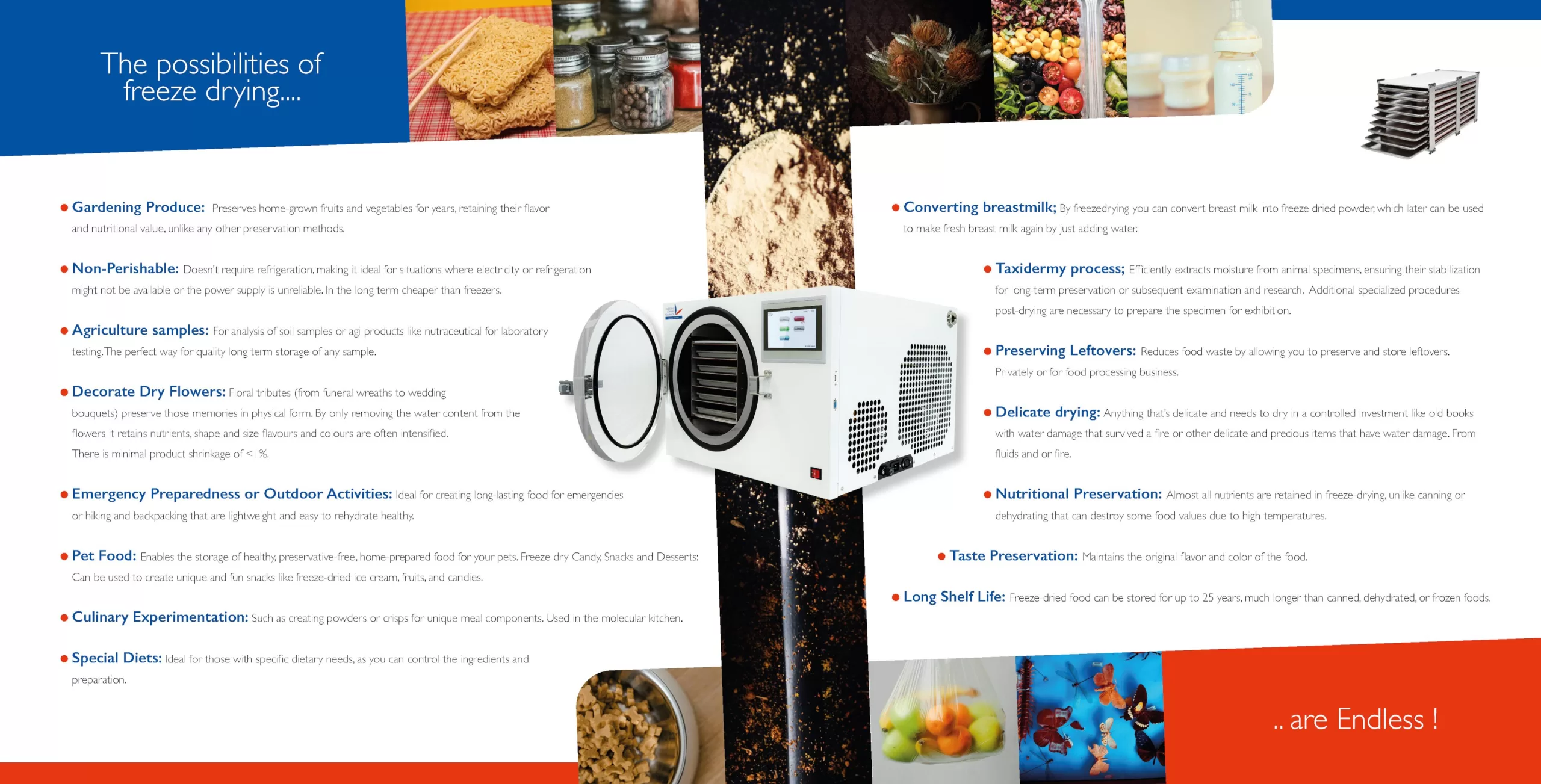
A. Step-by-Step Freeze-Drying Process
Preparation: Selecting and preparing food for freeze-drying. The thinner the product the easier the moisture can be ‘evaporated’. Thin layers spread out on the trays will ensure fast drying.
Operating the Freeze-Dryer: You Holland Green Science Distributor is trained by our staff and they are knowledgeable to help you get the best settings for your drying needs. These settings are very easily programmed into your Xiros Mikro freeze dryer. And can be used and adjusted every time. Check out the website of Holland Green Science for new programs or their YouTube channel for more instruction videos on different programming.
Post-Processing: Handling and storing freeze-dried foods correctly. By placing it in a dark dry place.
Machine Maintenance: Since all inserts are, and the chamber itself is, stainless steel it’s easy to clean. This facilitates a hygienic working environment for clean and responsible operations when is comes to food processing.
Addressing Common Problems: There are many short videos and slideshows on the Hollandgreenscience.eu website to help you to start up or check your freezedrying proces.
Embracing the Future – The Role of Freeze-Drying in Sustainable Living
Freeze-Drying as a Pillar of Eco-Friendly Prepping
The final chapter will connect freeze-drying with sustainable living. We’ll discuss how this method aligns with eco-friendly practices and supports a self-sustaining lifestyle, crucial for the modern prepper.

Environmental Benefits
Reducing Food Waste: Utilizing freeze-drying to preserve surplus food. What do you do with your leftovers, you can freeze-dry these at all times! For short-term use, or for building a long-term stockpile. No need to throw away anything anymore. What better way to safe food waste by not wasting it at all?
Energy Efficiency: Understanding the energy footprint of freeze-drying and how it compares to other preservation methods. Comparatively, freeze-drying is more energy-intensive upfront than traditional drying methods due to the need for deep freezing and the vacuum process used to remove moisture. However, it’s important to look at the energy use over the lifecycle of the preserved product. Freeze-dried foods can last up to 25 years when stored properly, which is significantly longer than canned, dehydrated, or frozen foods. This extended shelf life can lead to a reduction in food waste, a critical issue globally, as wasted food also means wasted energy in production, transportation, and storage.
When comparing freeze-drying to other methods like canning or conventional drying, the energy used in those processes may be lower, but the quality and longevity of the preserved food might not match up. Canned goods have a shelf life of a few years and often require additives and preservatives, while dehydrated foods can lose more nutrients and flavour during the drying process.
In terms of environmental impact, the high energy efficiency of modern freeze-dryers and the potential for using renewable energy sources can further mitigate the energy footprint. Innovations in freeze-drying technology are aimed at reducing energy consumption, improving efficiency, and making this method more accessible and sustainable for commercial and home use.
In conclusion, while freeze-drying has a higher initial energy use, its benefits in reducing food waste, preserving quality, and potentially decreasing the reliance on seasonal food transportation present a compelling case for its positive energy footprint over time. As technology advances and energy sources become greener, the environmental and energy impact of freeze-drying is expected to improve, making it an even more attractive option for sustainable food preservation.
Supporting Local Produce: The use of freeze drying to extend the shelf life of locally sourced foods.
The use of freeze-drying to extend the shelf life of locally sourced foods brings a multitude of benefits, enhancing not just the longevity of the food but also supporting local economies, reducing environmental impact, and promoting health through fresher, nutrient-rich diets.
Supporting Local Economies: By freeze-drying locally sourced foods, communities can bolster local farmers and small-scale producers, keeping the economic benefits within the community. This practice encourages a more resilient local food system, where farmers can sell their produce more efficiently, and consumers have access to local foods year-round, not just when they are in season.
Reducing Environmental Impact: Locally sourced foods have a lower carbon footprint due to reduced transportation distances. When these foods are freeze-dried, their extended shelf life further minimizes the need for frequent transport, leading to lower emissions over time. Additionally, freeze-drying locally sourced foods reduces dependency on long-haul imports, which often have a much larger environmental footprint due to transportation from far-flung areas.
Promoting Health and Nutrition: Locally sourced foods are often fresher than their imported counterparts, packed with more nutrients at the time of harvest. Freeze-drying these foods shortly after harvest preserves their nutritional profile almost intact, offering a healthier alternative to canned or conventionally dried products that may lose nutritional value through their processing. This means consumers can enjoy the health benefits of fresh produce even out of season.
Reducing Food Waste: With food waste being a significant issue globally, freeze-drying locally sourced foods can play a crucial role in addressing this problem. By extending the shelf life of perishable items, producers and consumers can reduce the amount of food that goes to waste. This is especially important for seasonal gluts where excess produce may otherwise spoil.
Encouraging Sustainable Consumption: Freeze-drying locally sourced foods encourages a shift towards more sustainable consumption patterns. It allows consumers to maintain a diet that relies less on processed and imported foods and more on what is available locally, fostering a closer connection between consumers and their food sources. This can lead to more mindful eating habits, where individuals are more aware of the origins of their food and the impact of their food choices.
In essence, freeze-drying locally sourced foods is more than just a method of preservation; it’s a step towards a more sustainable, healthy, and resilient food system. It empowers communities to support local agriculture, reduces the environmental impact associated with food transport and waste, and ensures that the bounty of each season can be enjoyed all year round, bringing the freshest, most nutritious foods to the table regardless of the season.
Freeze-drying aligns with eco-friendly prepping, offering environmental and sustainability benefits.
It is a key component in building long-term food resilience and resource conservation.
Integrates seamlessly into a sustainable lifestyle, enhancing self-sufficiency and community engagement.
Conclusion: The Resilient Path Forward
We conclude by reflecting on how prepping, and particularly the adoption of freeze-drying, is more than a trend – it’s a pathway to resilience and sustainability. By embracing these practices, individuals and communities can ensure a more secure and self-reliant future.











